Coin collecting has long captivated the imagination of enthusiasts and investors alike. Among the myriad of coins in circulation, some stand out not for their intended design but for their minting mistakes. These errors, often unnoticed at first, have become treasures with significant value. Let’s explore some of the most famous coin minting mistakes and their remarkable values.
1955 Doubled Die Lincoln Cent
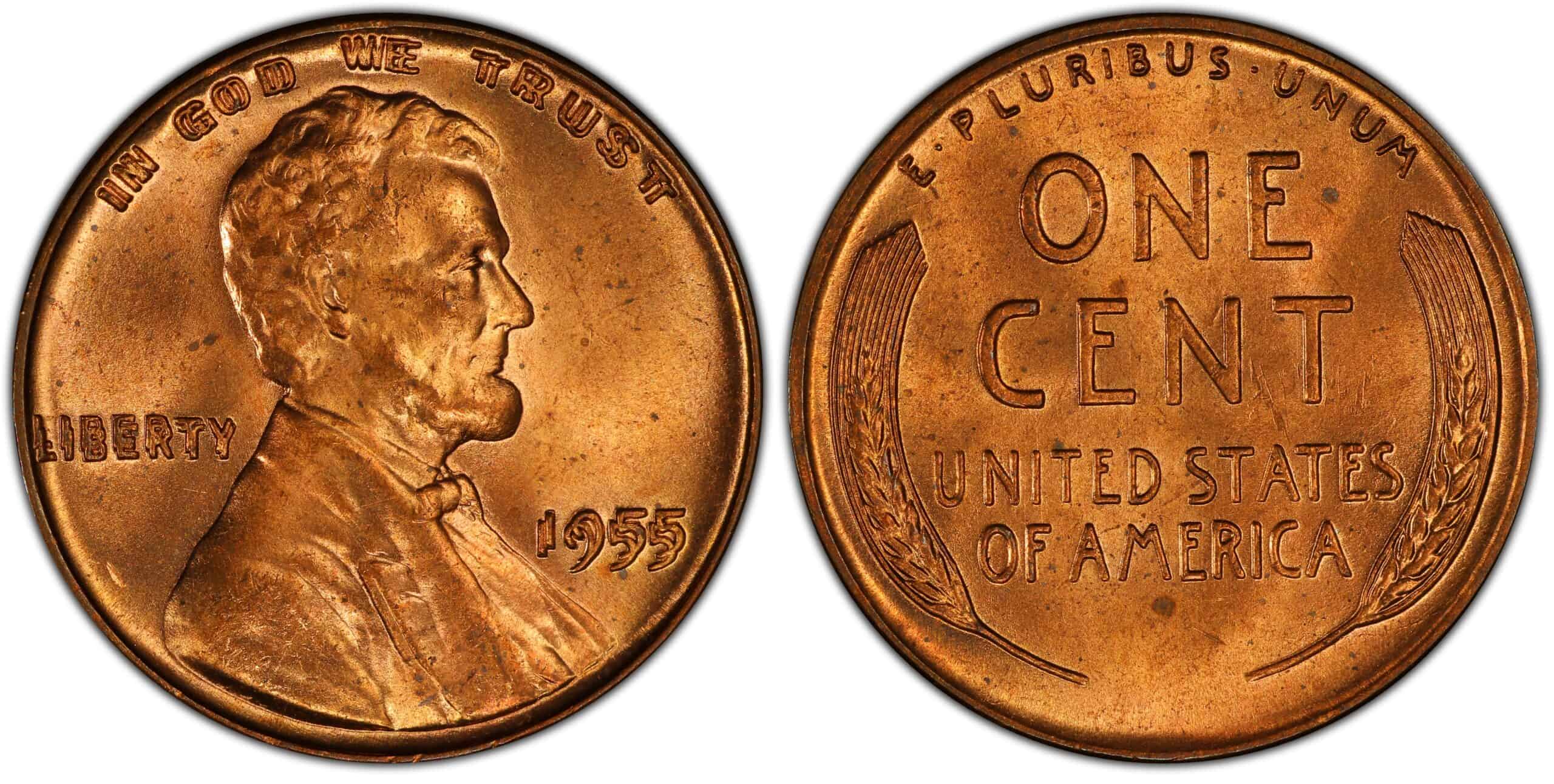
This coin is famous for its dramatic doubling on the obverse, particularly on the date and the inscription “IN GOD WE TRUST.” Collectors highly value it for its clear and bold error. The mistake occurred due to a misalignment during the die creation process. In mint condition, this coin can fetch upwards of $1,500, and well-preserved circulated versions are also sought after. Its rarity and distinct error make it one of the most iconic error coins in U.S. history.
1999 Wide AM Lincoln Cent
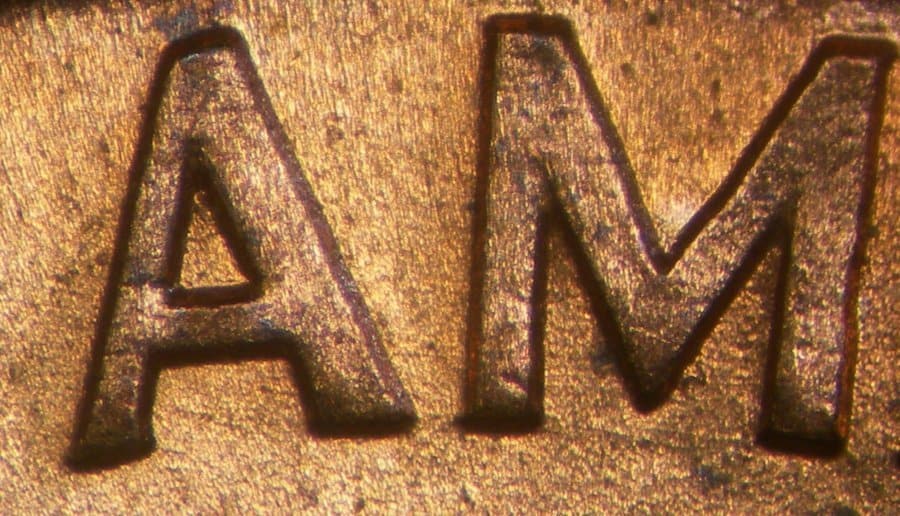
The 1999 Wide AM Lincoln Cent features a wider spacing between the A and M in “AMERICA” on the reverse. This error was caused by the use of a proof die on circulation coins. The mistake is subtle but highly sought after by collectors. Depending on the condition, these coins can be worth between $200 and $600. The rarity and uniqueness of the Wide AM variety make it a significant find.
1944 Steel Lincoln Cent
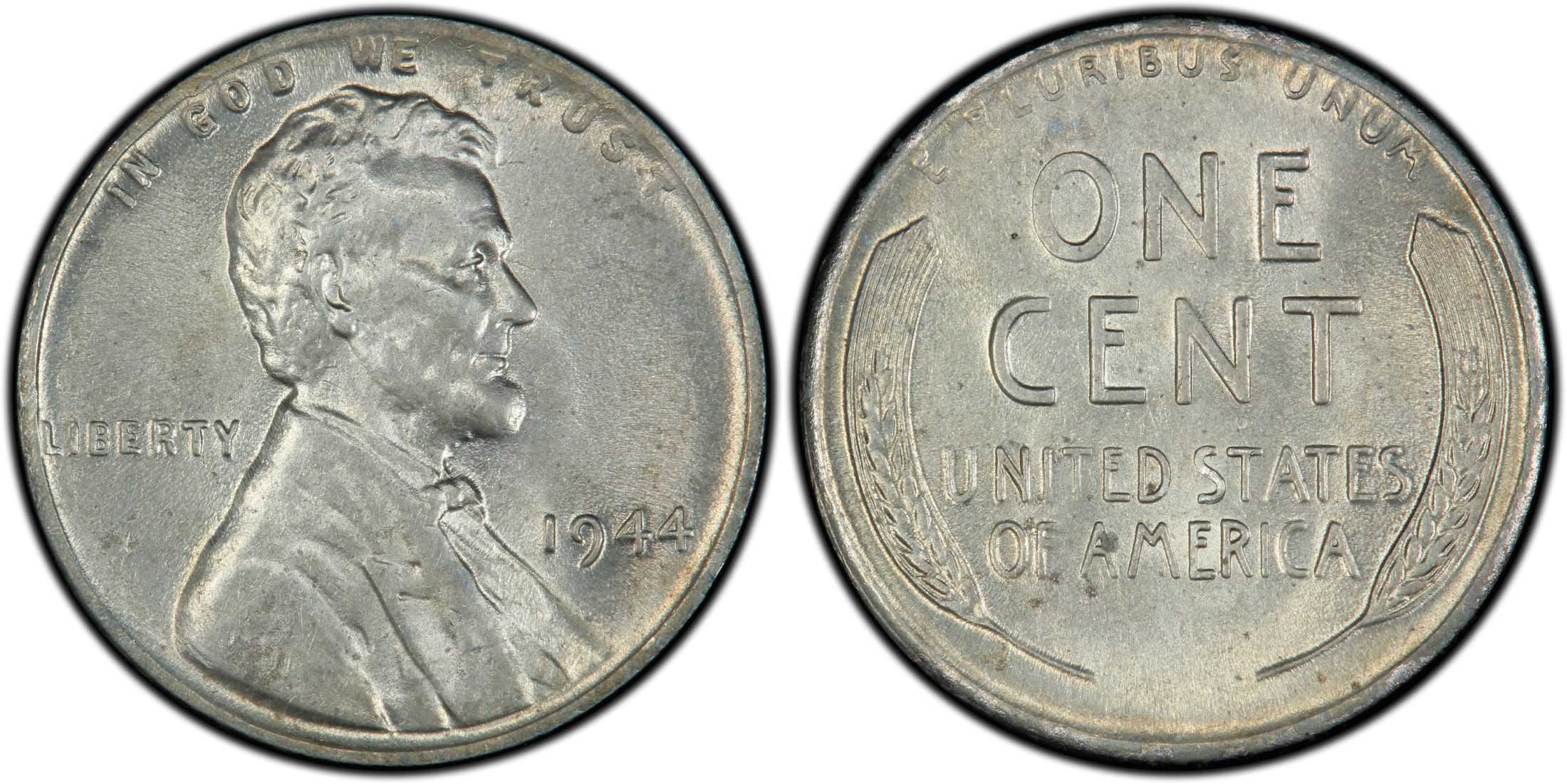
The 1944 Steel Lincoln Cent is a rare coin resulting from leftover steel planchets from 1943 being used accidentally. Most 1944 pennies were minted in copper, making this steel version incredibly rare. Its value can range from $75,000 to $110,000, depending on the condition. The rarity and the story of its accidental creation make it one of the most valuable minting errors.
1995 Doubled Die Lincoln Cent

This coin shows clear doubling on the obverse, especially in “LIBERTY” and “IN GOD WE TRUST.” It is a popular and relatively accessible error coin. In mint condition, it can be valued between $20 and $50. The visible doubling and its accessibility make it a favorite among collectors.
1943 Bronze Lincoln Cent
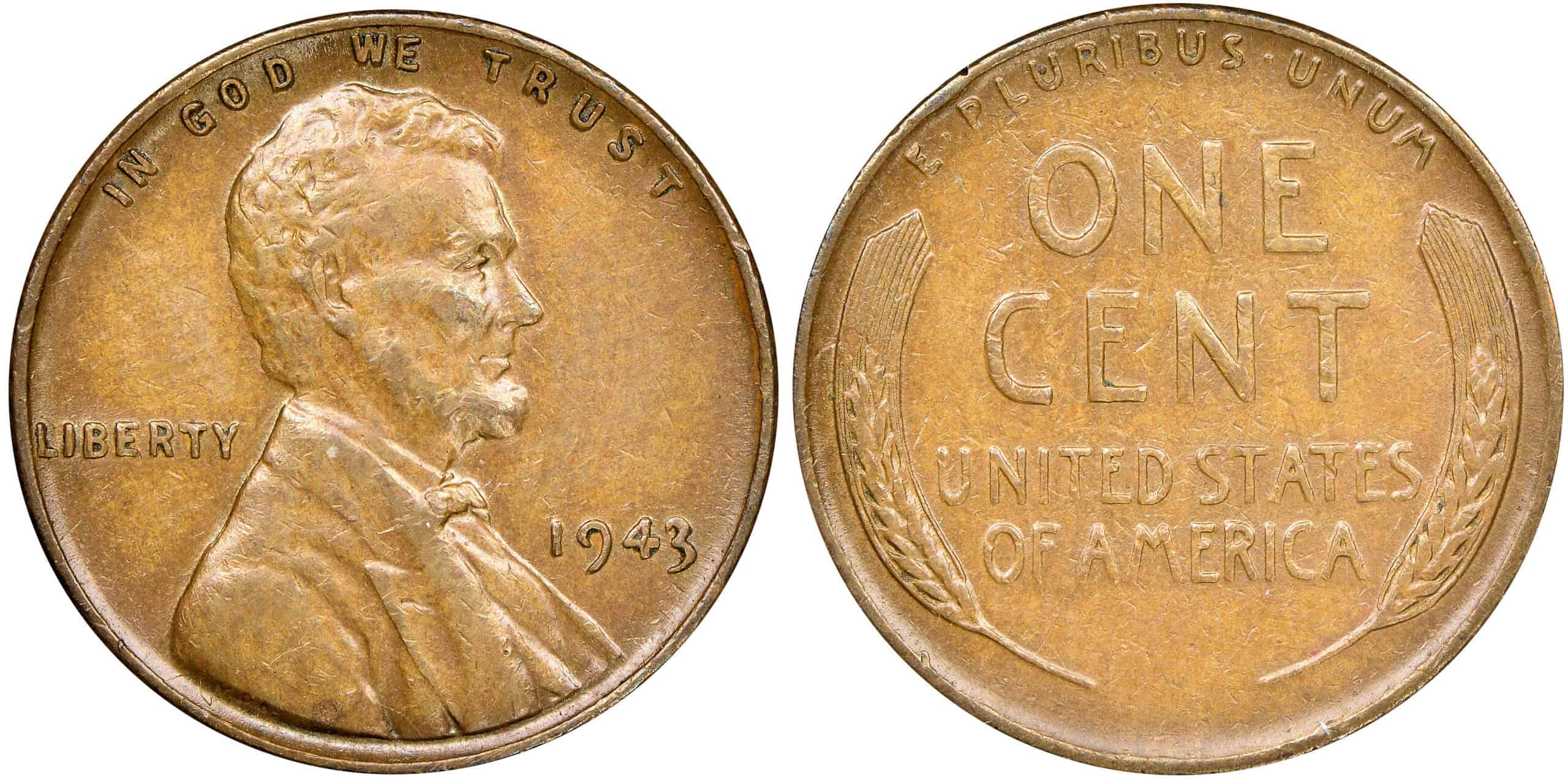
This coin is a famous error, as most 1943 cents were struck in steel due to wartime metal shortages. A few were accidentally struck in bronze, making them extremely rare. Depending on the condition, these coins can be valued between $100,000 and $200,000. Its rarity and the historical context make it one of the most sought-after minting errors.
1943 Copper Penny

The 1943 Copper Penny is an iconic error coin, as most pennies that year were struck in steel due to wartime shortages. A few were mistakenly struck in copper, making them incredibly rare. Depending on its condition, this coin can be valued between $100,000 and $250,000. Its rarity and the historical context behind its creation make it one of the most valuable minting errors.
Clipped Planchet U.S. Nickel
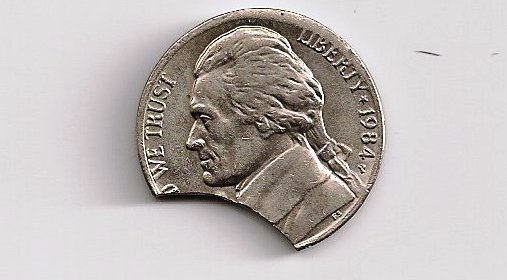
A clipped planchet error occurs when the coin blank, or planchet, is improperly cut during production, resulting in a portion of the coin being missing. This can happen if the sheet metal overlaps during the punching process. The error is visually distinct, with part of the nickel’s edge being clipped off, making it highly noticeable. These errors vary in size and shape, adding to their uniqueness. Depending on the severity of the clip and the condition of the coin, a clipped planchet U.S. nickel can be valued between $10 and $50. Its distinctive appearance and the nature of the error make it an interesting and collectible piece.
1963 U.S. Lincoln Cent with Split Before Strike Planchet Error
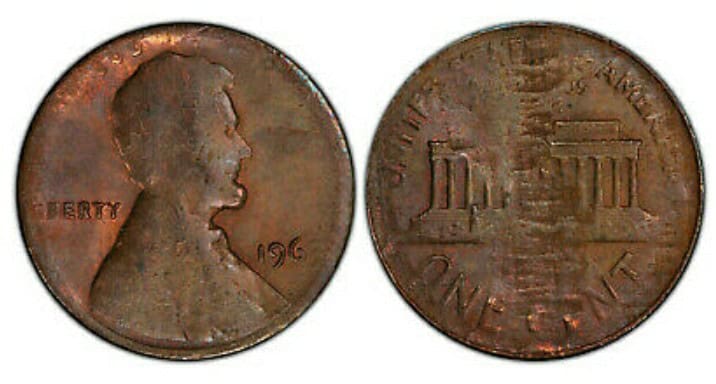
This error occurs when the planchet, or coin blank, splits before the coin is struck, resulting in a thinner, often jagged or uneven coin surface. The split typically happens due to a flaw in the metal, such as impurities or improper alloying, which causes the planchet to separate. When the coin is struck, the design is pressed onto the damaged planchet, leading to a distinct and noticeable error. This type of error is rare, making it highly desirable among collectors. Depending on the severity of the split and the overall condition of the coin, it can be valued between $50 and $200.
1982 P Jefferson Nickel Die Clash
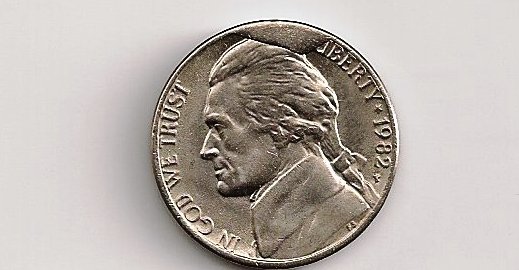
A die clash occurs when the obverse and reverse dies strike each other without a planchet between them, transferring part of one die’s design onto the other. The 1982 P Jefferson Nickel with a die clash error shows faint impressions of the reverse design, such as Monticello, on the obverse side and vice versa. This error results in ghostly images that overlay the intended design, making the coin stand out. Depending on the clarity of the clash and the coin’s condition, its value can range from $10 to $50.
This article originally appeared on Rarest.org.
More from Rarest.org
19 Marine Mammals Rebounding Thanks to Conservation Laws

Efforts to protect marine life have led to remarkable comebacks for several species once on the brink of extinction. Read More.
18 Secret Caves Hidden Beneath Major Cities
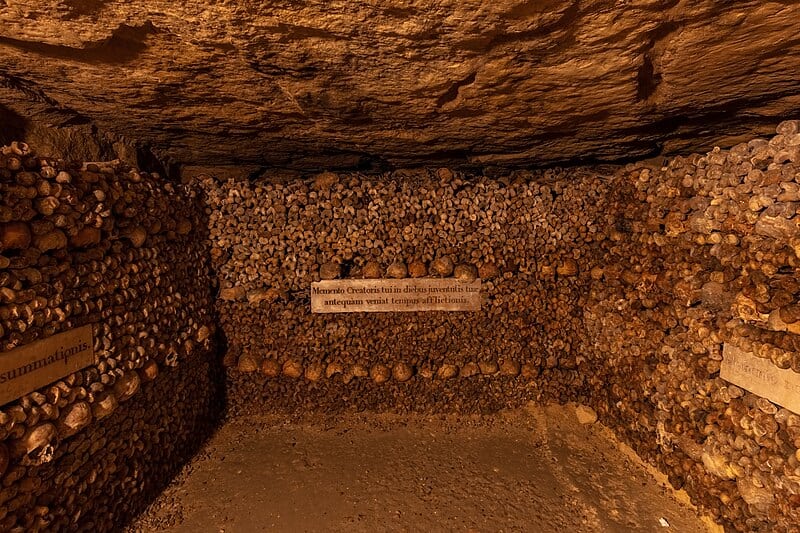
Beneath the world’s major cities lie hidden caves and underground wonders that few people know about. Read More.
1940 Jefferson Nickel Value Guide
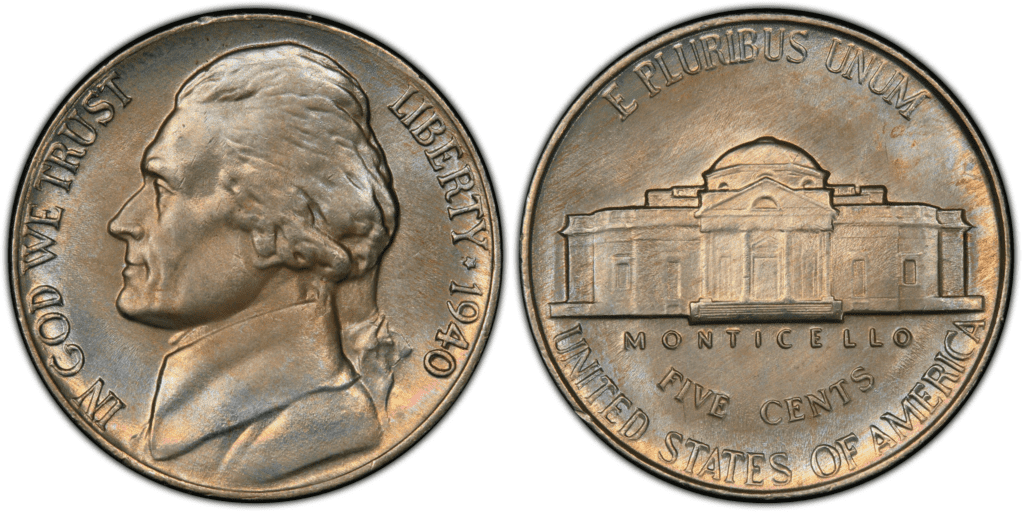
Buffalo nickels were discontinued in 1938, and 5-cent Jefferson nickels were introduced. The bust of former American President Thomas Jefferson that appears on the coin’s obverse inspired their moniker. Read More.
